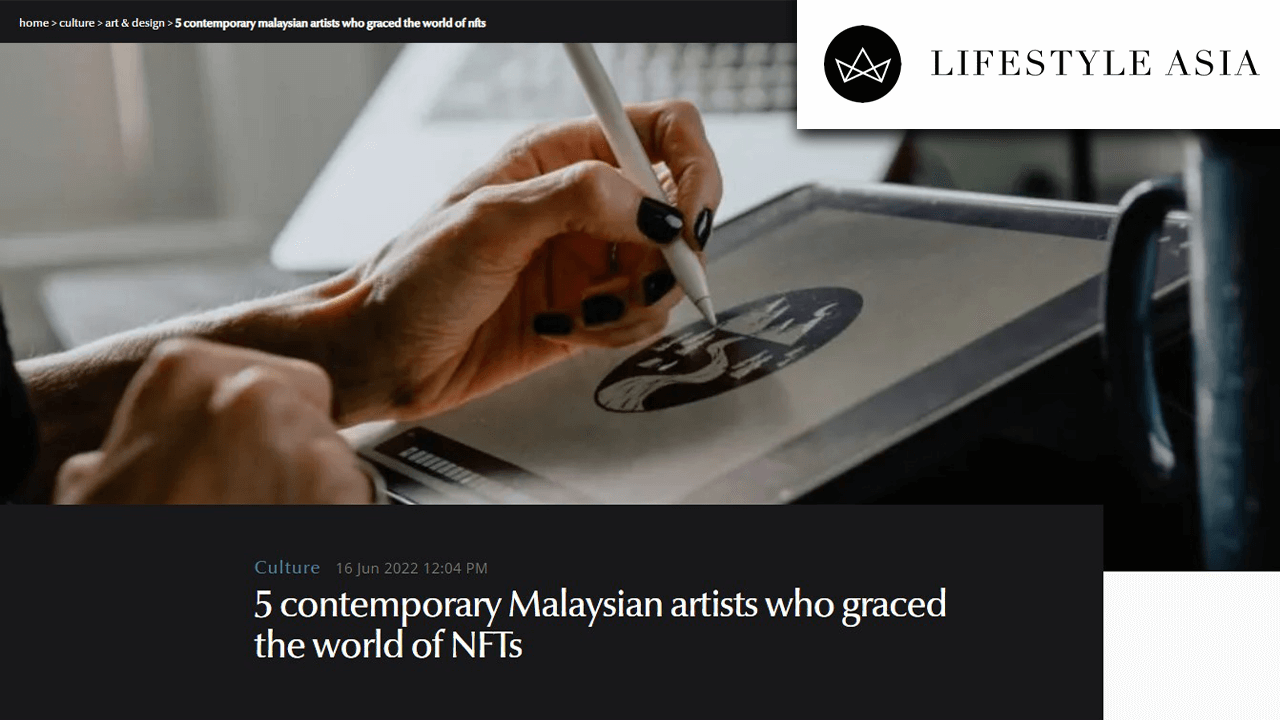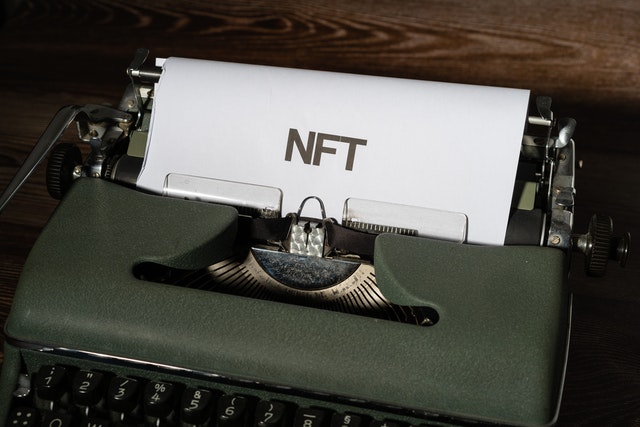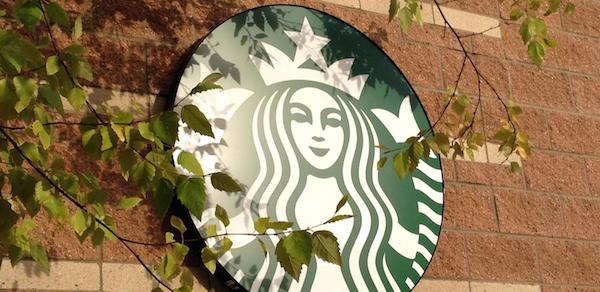As we already highlighted, any digital asset can be transformed into an NFT. This implies that NFT art is digital art that is verified using blockchain technology and translated into an NFT.
In practice, NFT art employs this technology to record transactions and provide buyers with proof of authenticity and ownership.
As such, it is a means for digital artwork to maintain a ‘digital footprint’ that depicts the origin, purchase and sale history of a piece of artwork over its lifetime.
So, an artist can make a digital piece of art, sell a limited number on different NFT marketplaces. Once that limited number is sold out, there are no more available pieces.
Why purchase an NFT art piece?
NFTs are slowly revolutionising the art, gaming and collectibles sphere as their sales have already hit the $2.5bn mark in 2021.
This is because NFTs have allowed artists to sell their artwork in digital form directly to a global audience, without using auction houses or galleries. Therefore, enabling them to keep a substantially greater portion of the profits from sales.
Furthermore, royalties can also be instituted into digital artwork to enable creators to receive a percentage of sale profits whenever their artwork is sold to a new owner. In contrast to physical collectables, each NFT contains distinguishing information that makes it radically distinct from others and easily verifiable.
As such, the creation and circulation of fake collectables is curbed since each NFT item can be directly traced back to the original issuer. NFT art sales are conducted online through various peer-to-peer marketplaces. You don’t have to spend money on auction houses and art galleries.
This also makes it cheaper and easier to set up an avenue for selling art.
How does NFT art work?
In practice, all NFTs are identified by a unique ID that is embedded inside its smart contract. This identifying number does not change during the life of the contract. It is globally unique and a qualified identifier for a particular asset on an Ethereum chain.
Note: NFTs are not only confined to Ethereum as other blockchains can implement their own versions of NFTs.
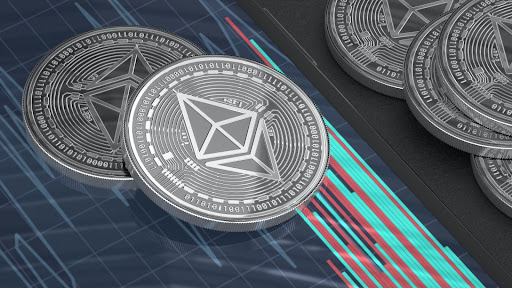
This identifier is stored as metadata – which means “data about data” – and reveals the artwork’s title, ID, number, and who really owns it. Here are a few characteristics of NFT generative art to take note of:
- Creators can keep ownership rights to their work and immediately claim resale earnings.
- NFTs are digitally distinct as no two NFTs are alike.
- Every NFT must have an original owner, and this information is public and easily verifiable.
- NFTs are interoperable with any Ethereum-based product. So, for example, an NFT ticket for a soccer event can be exchanged for a completely different NFT on any Ethereum marketplace.
How to create NFT art and sell it?
Step 1: Decide on an art item
Before you commence, choose the exact artwork you would like to make an NFT. Principally, any digital media can qualify to be turned into a unique NFT. Once you’ve decided on the image, video or music of your choice, you can proceed.
Step 2: Purchase some cryptocurrency
You’ll need to pay a platform to generate or mint an NFT of your work. All platforms require Ether payment, the native cryptocurrency of the Ethereum open-source blockchain platform where NFTs were first launched.
Essentially, because most NFTs are created on the Ethereum blockchain, Ether is utilised to pay the ‘gas’ fee otherwise known as the transaction cost, before listing any NFT token. So, if you are going to deal in NFT art, you’ll probably be dealing with Ethereum a lot.
To start creating digital art NFTs, you’ll need to purchase some Ether coins from an exchange like Coinbase or Binance and then transfer them to a designated crypto wallet.
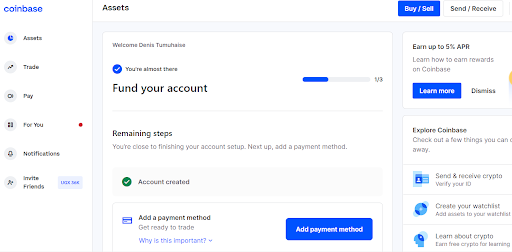
Step 3: Create a digital wallet
In the next step, you’ll need to create a digital wallet to store your cryptocurrency and your NFTs. For this process, you can create a digital wallet with MetaMask, or Rainbow (a relatively new wallet for Ethereum assets).
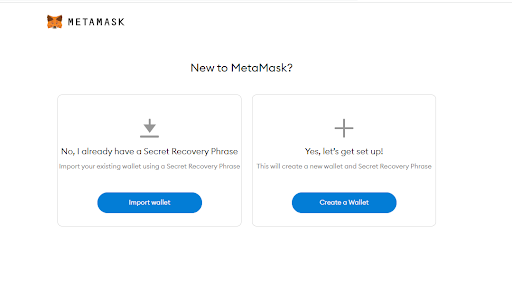
Step 4: Add money in the wallet
After creating your digital wallet, ensure to add some Ether to it. This is a relatively straightforward process as digital wallets allow you to make Ether purchases via Apple Pay, credit or a debit card.
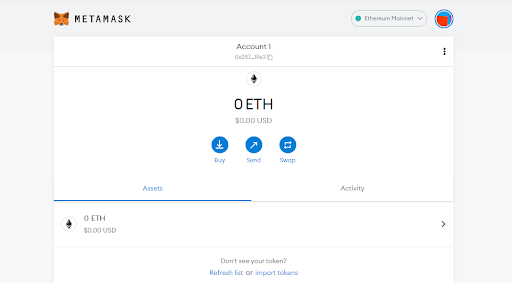
Step 5: Connect your wallet and the NFT platform
Once you have deposited Ether in your wallet, you can proceed and connect it to your desired NFT marketplace to create your NFT. The most popular platforms are OpenSea and Rarible. However, there are numerous other NFT platforms to choose from.
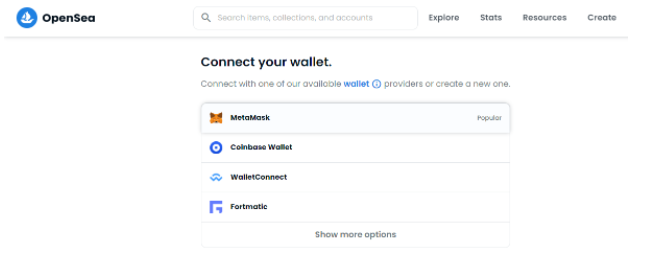
Step 6: Upload the digital file
The process of creating an NFT on these platforms does not require coding/programming expertise. It essentially starts with uploading your chosen media, as you’ll view options to create a single, one-off work, or basically sell the same item multiple times.
Proceed to upload the digital file that you seek to transform into an NFT. For example, PNG, MP4, GIF, WEBP, and MP3 files, typically up to 30MB in size.
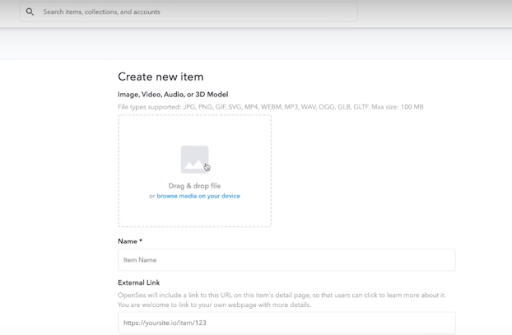
Step 7: Create an auction
After creating your NFTs, the next step is to list them for auction or sale within an NFT art marketplace. However, to sell your NFT, you will have to incur ‘gas’ fees (payments to make to compensate for the computation energy required to process your NFT transactions). You can also set up a referral bounty for affiliates to make some when they refer buyers.
Remember that you mainly have the choice of a fixed/set-price listing (direct sale) or auction when selling your NFT. In practice, a ‘Set Price’ allows you to set a specific price and sell instantly. On the other hand, an ‘Unlimited Auction’ allows interested people to make different bids, until you accept a suitable one. However, you can choose a ‘Timed auction’ that only takes place for a specific time.
As a side note, be careful when setting a minimum price as setting it too low can cause you to lose profit due to the fees. While an overly ambitious price can scare interested parties.
Also read: How to sell NFT art?
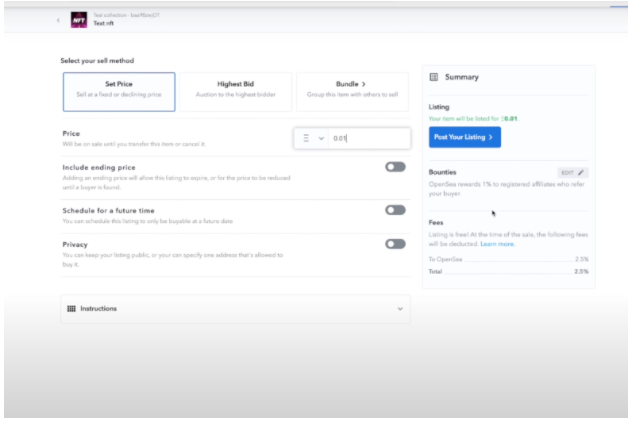
Step 8: Describe your NFT art
In the next phase, add an appropriate title and description for your NFT listing to maximise your chances of profitably selling your NFT.
Apply the same consideration and caution when also setting the percentage of royalties you wish to claim on any resale of your NFT art in the future. This is a balancing act since a higher percentage will get you more money per sale.
However, it could also deter people from reselling your art as they’ll be less likely to turn a profit for themselves.
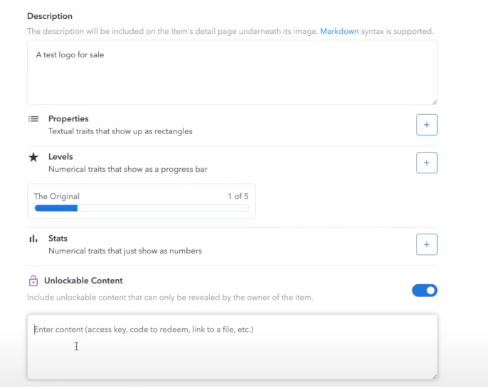
Step 9: Pay the listing fee
After step 8, you’ll be invited to connect with your digital wallet to pay the listing fee. If you don’t have adequate funds in your wallet, you won’t have to start again. You’ll simply be given the option to add funds directly within the platform. Then, you’re good to go!
Can you create NFT art without coding?
In practice, you do not really need special software or coding knowledge to create an NFT artwork. As we have already established, you can use NFT platforms, without any technical blockchain knowledge required.
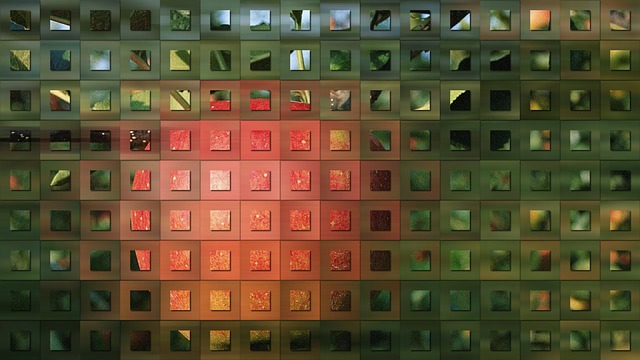
How much does it cost to create an NFT?
As we also noted, NFTs powered by Ethereum need Ethereum gas, which is essentially an amount of Ether necessitated to execute specific functions on the blockchain—in this case, adding a new NFT to a marketplace.
As we also noted, NFTs are powered by Ethereum. In particular, Ethereum gas, which is essentially an amount of Ether necessitated to execute specific functions on the blockchain—in this case, adding a new generative NFT to a marketplace.
On average, you’ll require approximately $50-$100 in Ether (ETH) to create an NFT. Remember, you can purchase Ether from crypto exchange platforms like Coinbase with U.S. dollars, British pounds and other fiat currencies.
Where to buy and sell NFT art?
You can purchase and sell NFT art from platforms like:
- Unique.One
- Rarible
- Mintable
- OpenSea
- SuperRare
- AtomicMarket
- Myth Market
- BakerySwap
Conclusion
Crypto enthusiasts anticipate that more generative artists, and brands will flock to the NFT space to create their own distinctive tokens in the coming years.
With more blockchain companies fiercely competing to produce better NFT services and a growing range of platforms to choose from, there is no better time to take advantage of NFTs.
NFTs can be used to indicate ownership of one-of-a-kind goods and have enabled us to ‘tokenize’ items like art, valuables, and even memes. Furthermore, because they can only have one real owner at a time (protected by the blockchain) — no one can counterfeit NFTs, change their records of ownership, or create a new NFT.
Fundamentally, digital art has long been devalued and NFTs will add the vital factor of scarcity to help artists create financial value for their work. Art collectors will more likely seek out the “authentic” piece, especially since they know the original version exists and can’t be faked.
The article is a part of our comprehensive guide on “NFT Art”
